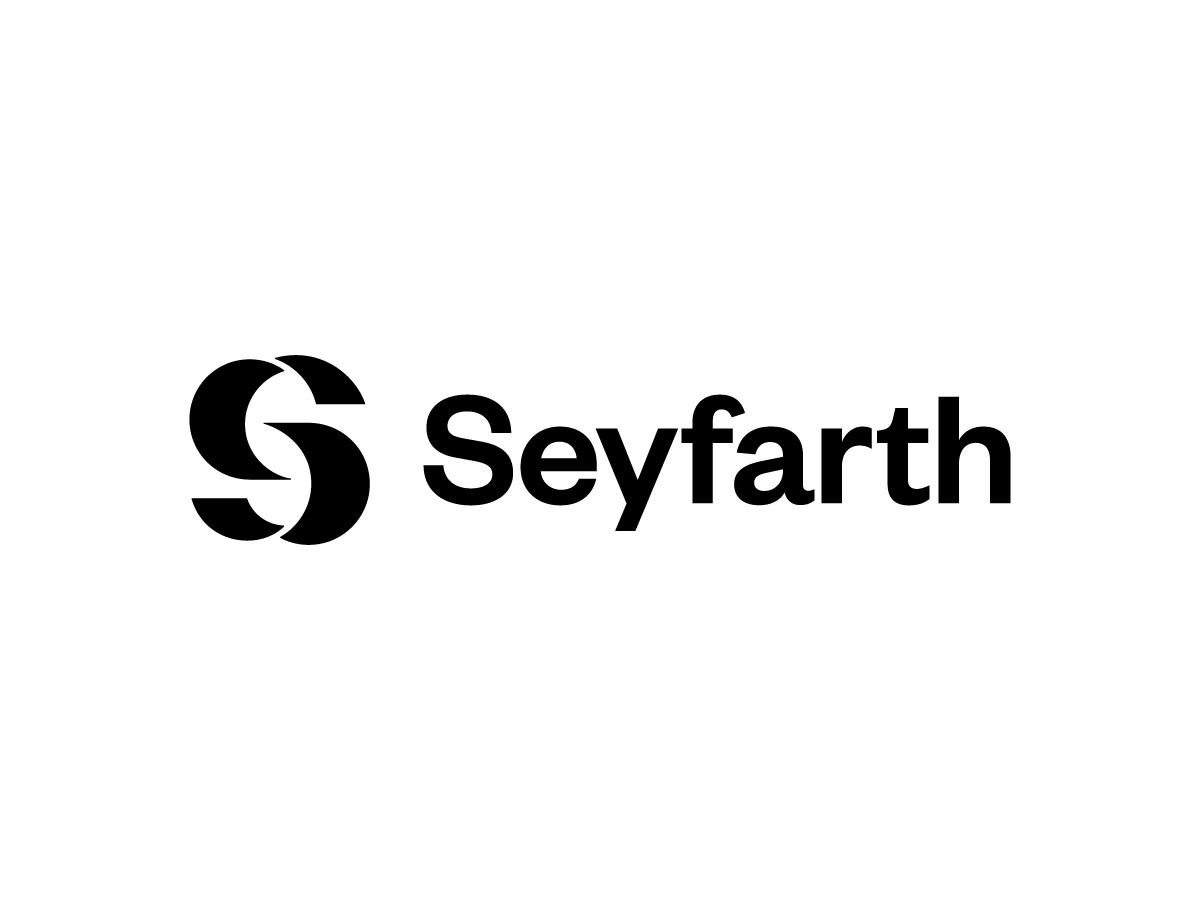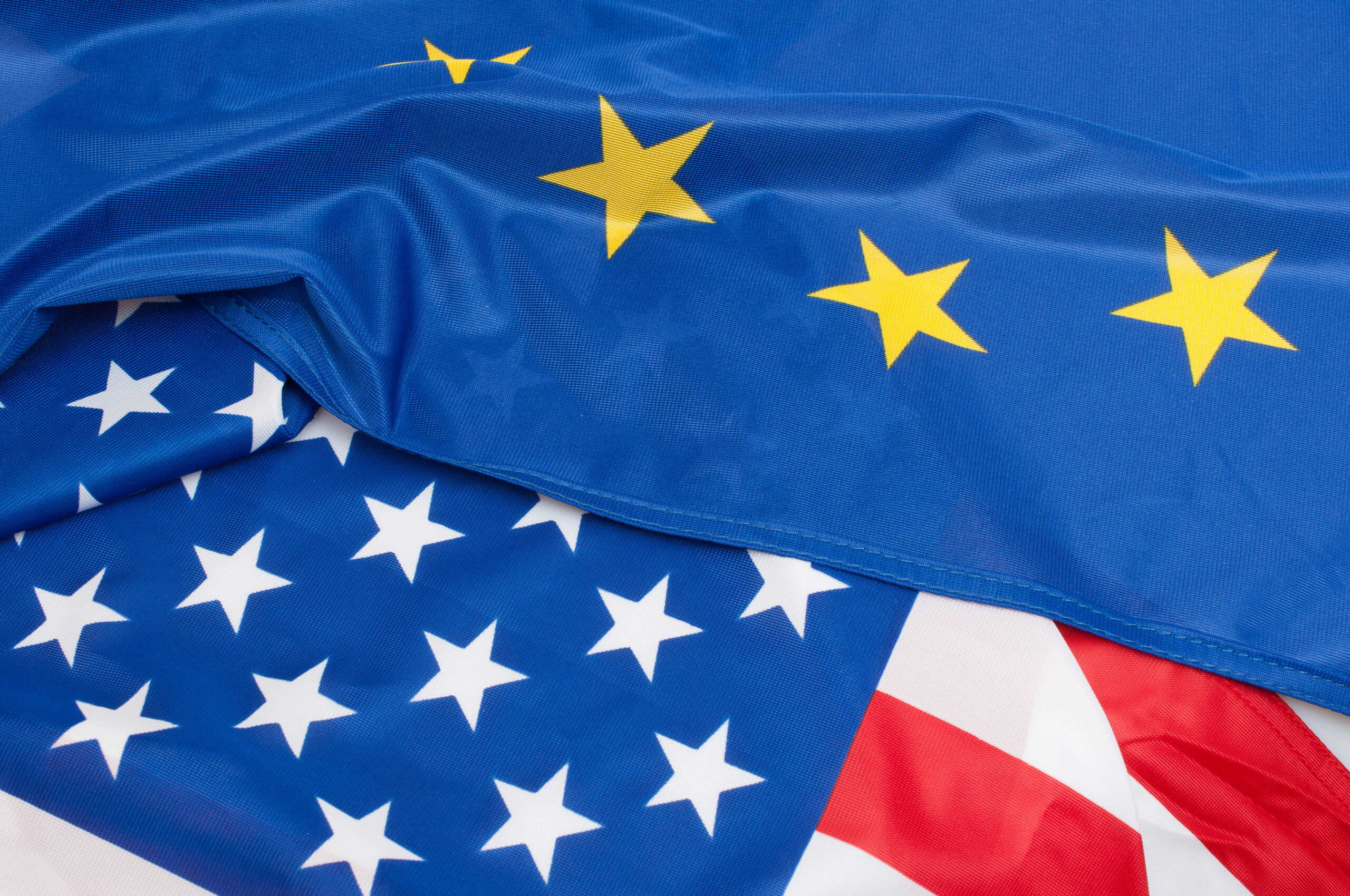Celanese v. ITC – Exploring the Crossroads of Trade Secrets and Patent Rights Post AIA | Seyfarth Shaw LLP
On March 4, the Federal Circuit, heard oral arguments for Celanese Int’l. v ITC, 22-1827 (Fed. Cir. 2024), a case that may reshape the dynamics between trade secrets and patent rights.
The Core Issue at Hand
This case centers around the America Invents Act (AIA) and whether a product’s prior sale by the patent applicant can disqualify the patenting of the method used to produce said product.
Case Background
Celanese perfected a novel method for producing acesulfame potassium (Ace-K), a synthetic sweetener. Opting to keep this process confidential, Celanese sold Ace-K for several years. Plot twist! They then filed for a patent more than a year after Ace-K hit the market.
Here’s where the story gets sweeter! Anhui Jinhe, a rival company, began importing Ace-K into the U.S., prompting Celanese to accuse Jinhe of infringing on their patent at the International Trade Commission (ITC). Jinhe contended that Celanese’s patent claims were invalid under the AIA’s “on-sale bar” rule, arguing that Celanese had already sold Ace-K produced by the disputed process over a year prior to their patent application. The ITC sided with Jinhe, asserting that a product’s sale made through a confidential process constitutes an “on sale” event under the statute, thus nullifying subsequent patent claims for that process. Celanese challenged this decision, sparking the current appeal.
Potential Consequences of the Case
Traditionally, inventors had to choose between patenting a new process or keeping it a trade secret. The “on-sale bar” served as a mechanism to prevent inventors from benefiting commercially from a secret invention for years before seeking a patent monopoly. However, this case challenges the interpretation of what it means for an invention to be “on sale” when the process itself is not directly marketed or disclosed.
Arguments from Celanese
Celanese argues that the AIA revises the pre-AIA rule, emphasizing the “claimed invention” rather than the “invention” at large, which should prompt a reevaluation of Federal Circuit precedent. They assert that their interpretation encourages the disclosure of trade secrets without unfairly extending exclusive rights.
Counterarguments from the ITC and Jinhe
In contrast, the ITC and Jinhe argue that the AIA did not alter the definition of “on sale.” They contend that Celanese’s interpretation is overly narrow and that the established pre-AIA rule should apply, preventing patentees from extending their monopolies through delayed patent applications on previously used secret processes.
Conclusion
This case is a sweet reminder of the intricate dance between protecting innovations and promoting fair competition. For those in industries dependent on trade secrets, such as pharmaceuticals, chemicals, and semiconductors, this case is crucial to watch, signaling possible shifts in how inventions are protected in the future. We’ll post an update when the court makes its ruling. The outcome may be the key ingredient to ensuring your inventions remain sweet and secure.






